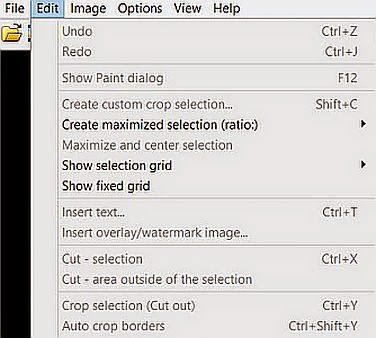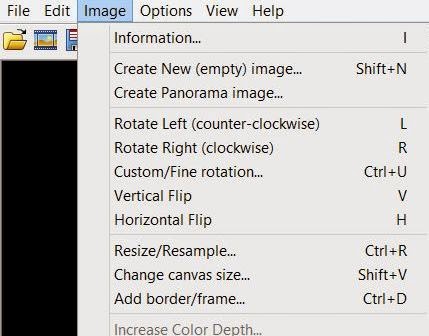Back again. This
month I’m talking about how to do interviews for your newsletters. Interviewing an author for your newsletter is
basically the same as doing so for a blog.
However, if you’re printing your newsletters and mailing them out or if
you want to keep them to a format that looks like a page, you have space issues
that differ from those involved in posting a blog.
As far as the questions go, they’re pretty much the
same. “How did you start writing?” “What inspires you?” “What is your ‘process’?” And the fun ones—“Long, hot, sudsy bath or
steamy shower?” “Steak or lobster?” “Chocolate or Cheesecake?” “If you were stranded on a desert island…”
Or, you can interview a character. “Why do you think someone would write a story
about you?” “Tell me about your hero. How
did you meet him?” “Why don’t you think
your relationship with him will work?”
 What other material do you plan to use? A blurb from your guest's book? An excerpt? Buy links?
Contact info? It helps to figure out in advance how much space you have
in your newsletter and how much space you can give to each item. Back in the days of electric typewriters, one
page of pica type double-spaced equaled three-hundred words. Using Garamond 11 point type, justified with
1.15 line spacing, I can fit about 200 words in a text box that measures 5.5
inches wide by 4 inches tall.
What other material do you plan to use? A blurb from your guest's book? An excerpt? Buy links?
Contact info? It helps to figure out in advance how much space you have
in your newsletter and how much space you can give to each item. Back in the days of electric typewriters, one
page of pica type double-spaced equaled three-hundred words. Using Garamond 11 point type, justified with
1.15 line spacing, I can fit about 200 words in a text box that measures 5.5
inches wide by 4 inches tall.
How long your interviews, blurbs, or excerpts run will
depend on whether you want to start them on one page and finish on another. If you do so, don’t forget to add (To be
continued) at the bottom of the first page, and (Continued from Page *) at the
beginning of the piece when you pick it up on another page. I suggest you present intros to both your
guest and a taste of what you’re doing on you’re doing on your front page, and
then get to the meat of your interview, blurb, excerpt, etc., on the inside.
It helps to set up a template to work from and a submission
page you can send to your guests so you don’t have to type the same thing over
and over. You could maybe come up with
twenty questions and ask them to chose five to answer, and then provide space
for their blurb and excerpt, letting them know the word count you can
accommodate.
In journalism, there are two major principles: the six Ws—Who, What, Where, When, Why and
How, and the Inverted Pyramid. Always
give the meat of the story first, and then go into details later. The smaller the detail, the farther down the
page it belongs. That’s why journalists
fight for headlines and stories on Page 1 “above the fold.” The six Ws are in a specific order, which
should not be tampered with. People want
to know who did what to whom. Next they
want to know where and then when. They’re less interested in why or how. That info can go on page three below the
fold.
Now, I’d like you to meet my next Assistant Editor, Barbara
Donlon Bradley.
Writing for Barbara Donlon Bradley started innocently enough.
Like most she kept diaries, journals, and wrote an occasional letter, but she
also had a vivid imagination and wrote scenes and short stories adding
characters to her favorite shows and comic books. As time went on she found the
passion for writing to be a strong drive for her. Humor is also very strong in
her life. No matter how hard she tries to write something deep and dark, it
will never happen. That humor bleeds into her writing. Since she can’t beat it
she has learned to use it to her advantage. Now she lives in Tidewater Virginia
with two cats, one mother in law—she’s 85 now—her husband, and teenage son.















